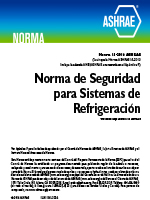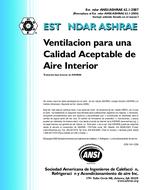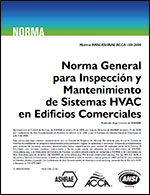Description
A research team at Oak Ridge National Laboratory (ORNL) has been testing different configurations of PCM-enhanced building envelope components to be used in residential and commercial buildings. During 2009, a novel type of thermal storage membrane was evaluated for building envelope applications. Bio-based PCM was encapsulated between two layers of heavyduty plastic film, forming a complex array of small PCM cells. Today, a large group of PCM products are packaged in such complex PCM containers or foils containing arrays of PCM pouches of different shapes and sizes. The transient characteristics of PCMenhanced building envelope materials depend on the quality and amount of PCM, which is very often difficult to estimate because of the complex geometry of many PCM heat sinks. The only widely used small-scale analysis method to evaluate the dynamic characteristics of PCM-enhanced building products is the differential scanning calorimeter (DSC). Unfortunately, this method requires relatively uniform, and very small, specimens of the material. However, in numerous building thermal storage applications, PCM products are not uniformly distributed across the surface area, making the results of traditional DSC measurements unrealistic for these products. In addition, most of the PCM-enhanced building products contain blends of PCM with fire retardants and chemical stabilizers. This combination of nonuniform distribution and nonhomogenous composition makes it nearly impossible to select a representative small specimen suitable for DSC tests. Recognizing these DSC limitations, ORNL developed a new methodology for performing dynamic heat flow analysis of complex PCM-enhanced building materials. An experimental-analytical protocol to analyze the dynamic characteristics of PCM thermal storage makes use of larger specimens in a conventional heat flow meter apparatus, and combines these experimental measurements with three-dimensional (3D) finite-difference modeling and whole-building energy simulations. Based on these dynamic tests and modeling, ORNL researchers then developed a simplified one-dimensional (1D) model of the PCM-enhanced building component that can be easily used in whole-building simulations. This paper describes this experimental-analytical methodology as used in the analysis of an insulation assembly containing a complex array of PCM pouches. Based on the presented short example of whole-building energy analysis, this paper describes step by step how energy simulation results can be used for optimization of PCM-enhanced building envelopes. Limited results of whole-building energy simulations using the EnergyPlus program are presented, as well.
Citation: Thermal Performance, International Conference, 2010
Product Details
- Published:
- 2010
- Number of Pages:
- 11
- File Size:
- 1 file , 4.5 MB
- Product Code(s):
- D-BUILDINGSXI-197




